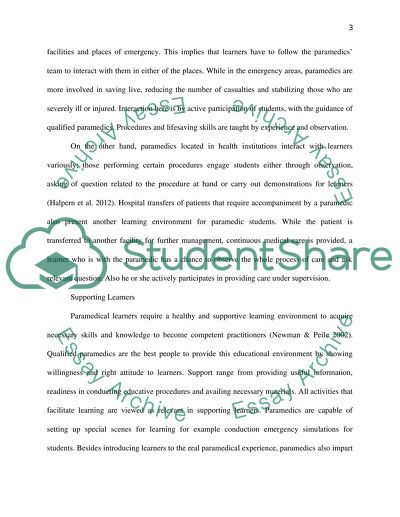Cite this document
(“Paramedics Essay Example | Topics and Well Written Essays - 1500 words”, n.d.)
Retrieved from https://studentshare.org/health-sciences-medicine/1686540-paramedics
Retrieved from https://studentshare.org/health-sciences-medicine/1686540-paramedics
(Paramedics Essay Example | Topics and Well Written Essays - 1500 Words)
https://studentshare.org/health-sciences-medicine/1686540-paramedics.
https://studentshare.org/health-sciences-medicine/1686540-paramedics.
“Paramedics Essay Example | Topics and Well Written Essays - 1500 Words”, n.d. https://studentshare.org/health-sciences-medicine/1686540-paramedics.


